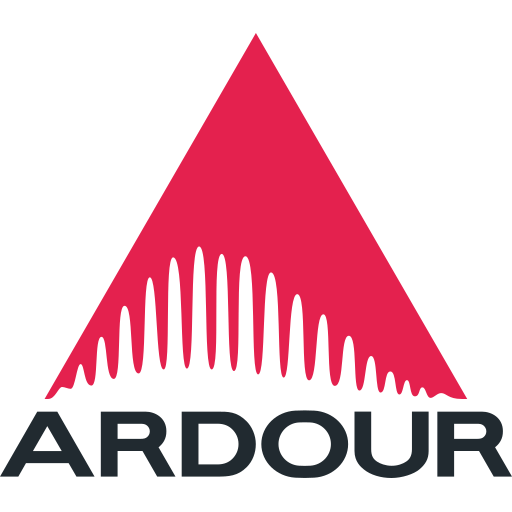If you produce the final result live, then you of course need all of the connections to happen live, and OBS is like the "final assembly" step.
If you want to connect the live audio processor to OBS, you need a loopback. Essentially, this is a virtual speaker and a virtual mic, and whatever you send to that "speaker" shows up in that "mic".
For Windows, this is something that you can google and install. Virtual Audio Cable seems to be popular, but there are others too.
For Ubuntu and similar, it already does that natively, as part of both PulseAudio and JACK, and PipeWire too when it becomes mainstream to replace both of those. I believe PW is already "live" in the latest version, but not the latest LTS. At any rate, google is your friend again!
If you record the parts separately and then put them together later, then OBS is not the right tool anymore. The final assembly then, is in a video editor, that has a bunch of tracks like Audacity or Ardour, except that these tracks carry video. Move things around, line them up, make your transitions and effects, etc., all "outside of time" if you will, play it in the editor to see if you like it, tweak if you don't, and then export when you're done.
You might think of the export in a similar way to OBS, except that it's all scripted, and you just spent however long it was to make the script. It plays the script, and sends the result through the same encoder that OBS does. If your computer can't keep up with the script in real-time, that's fine. It's all math at that point, not physics, and the result will (eventually) come out like you told it...which might be compensated by accident for not keeping up live, so you might need to fix that and export again.
The concept of "proxy files" is supposed to solve that problem, by converting the original sources into something smaller - less data to shove through the pipeline - so that you build the script with the smaller files and then export with the originals. That's all handled in the editor, if you tell it to do that, so that you don't get confused. You just have to remember that the preview is not full-quality.
My favorite editor is Shotcut, because it's free and runs on everything, it's easy enough to get started with, and has a TON to grow into:
Shotcut is a free, open source, cross-platform video editor for Windows, Mac and Linux

shotcut.org

